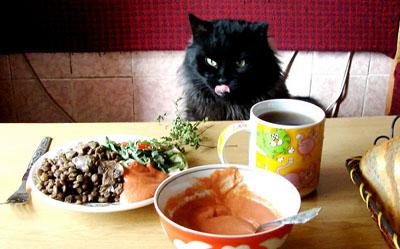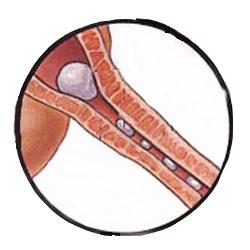Urinary tract infections appear so frequently in cats, you would think they were the equivalent of a human's common cold. But they are considerably more dangerous than a cold, they are not 'caught' from other cats, and they are usually the result of their particular lifestyles.

Pet cats often live indoors and, thus, have a more sedentary lifestyle than wild or feral cats. Time spent hunting for fresh prey is replaced with a little bit of play, a lot of sleep, and diets which come from a can, bag, or box. A firm fresh mouse or gopher is about 85 percent water; a bowl of cat kibble may contain 7 percent water.

Among the FLUTDs that are the most serious are urethral obstructions (UOs), the feline equivalent of kidney stones. If they do not pass naturally, or are not removed through invasive surgery, the bladder and urethra can be backed up with waste material that was intended to pass through the urine.
Like many human and pet diseases, FLUTDs are considerably easier to avoid than to treat. One of the important steps you can take right now, is to limit the amount of dry food your cat eats. I have done this, even though my cat drinks water... though not unless I place a fresh bowl of water in front of him and he has seen me pour the water from the faucet or glass into his bowl. Yes, cats are finicky, aren't they?

I found two tactics to be successful. One is to establish feeding times. Pick up that eat-when-you-want-it bowl of dry cat food and serve the food only at meal time - once or twice a day.
Second, serve canned or self-prepared wet cat food in ever increasing amounts with the dry food, simultaneously over a two-to-three week period increasing the amount of wet food and decreasing the amount of dry food served. Ideally, there should be little to no dry food in your cat's diet. I give my cat semi-wet cat treats or fresh, unseasoned, fish or chicken as treats.
What your cat eats is extremely important to her health; that is why you need to start switching to canned or self-prepared food right away!
for more information: Dr. Karen Becker (on Mercola.com); Urethral obstruction in cats: predisposing factors, clinical, clinicopathological characteristics and prognosis (Journal of Feline Medicine & Surgery), The Consious Cat, CatInfo.org
That's the buzz for today!

